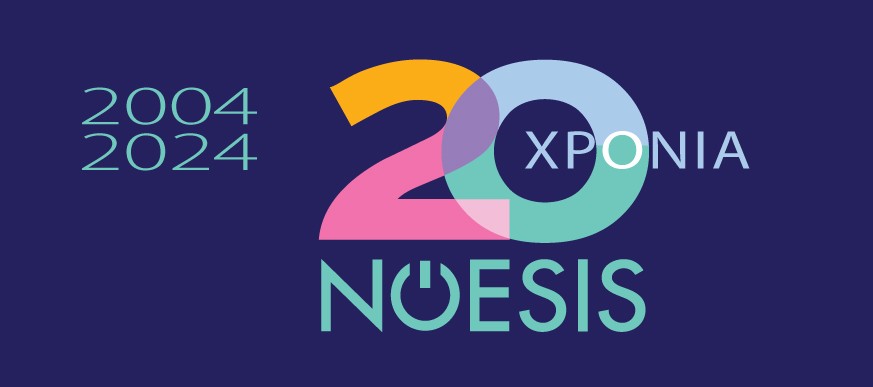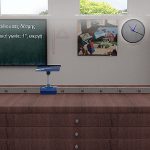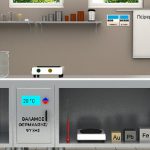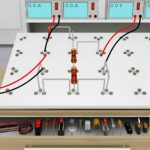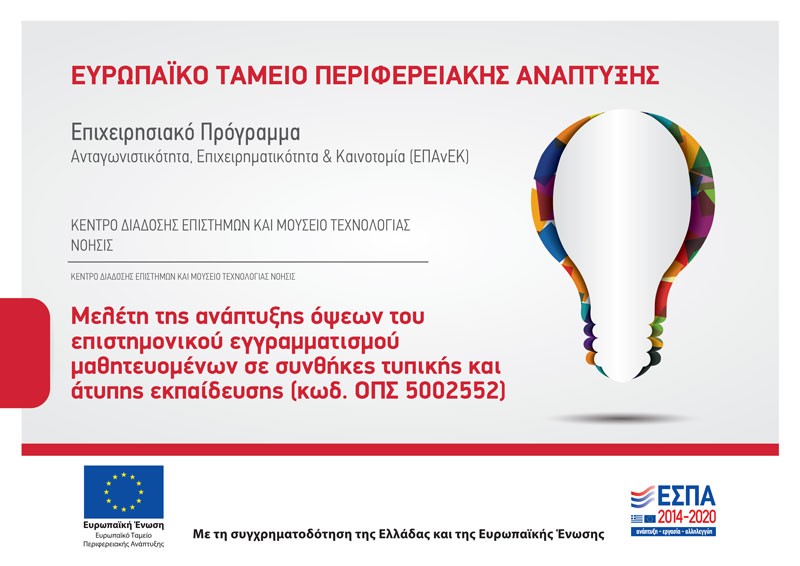Virtual Physics Labs
Welcome to our virtual physics labs.
The three virtual laboratories of Optics, Electricity and Heat each constitute an independent microcosm of Physics, which consistently and accurately in natural phenomena enables virtual representation and evolution of the phenomena of the natural world.
To use the interactive content of the workshops requires the installation of the Java plugin on your computer.
It’s free and if you don’t have it, you can download it from here.
Update (2022): As Java versions are no longer supported by many browsers, there is the possibility of using virtual labs with Chrome browser and the CheerpJ extension that you can download for free here. This way you won’t need to install a Java version on your PC.
You can experiment freely in the labs using any objects you want.
In case you want to run a specific experiment, there are worksheets for each lab.
About Worksheets
The structure of the Worksheets is modular, consisting of the following steps: prediction, execution of the experiment (observation, measurement, new observation, new measurement), interpretation and conclusion and reflection.
The applied strategy is “Predict – Observe – Explain, POE”.
The FRP strategy usually includes:
(i) a situation and requests a reasoned forecast of what will happen when a change is made;
(ii) making the change and observing, and
(iii) the attempt to explain any differences between prediction and observation.
The ECoC strategy enables the learner to understand, monitor and evaluate exploratory activities.
ECoC strategies offer students, among other things, a framework to guide their thinking and are important because they not only improve conceptual understanding and problem-solving skills but also significantly develop students’ metacognitive abilities.
Guided investigation is integrated into structured science following the FRP structure.
The prediction clarifies students’ alternative perceptions.
Comparing the results, after performing the experiment, with the predictions can lead to the improvement or revision of students’ alternative perceptions.
Teaching science in an exploratory way is the dominant strategy applied in OA of compulsory education as research findings support the exploratory teaching approach and show that children in compulsory education should have the opportunity to experience it and develop the ability to think and act in ways linked to scientific research.
The workshops designed and developed could be used in informal training settings for young people over the age of 10 as well as trainers of these age groups. In particular, in formal educational conditions they can help students in harmony with their respective OPs.
Thus, with the current OA (school year 2014-15), the needs of the following classes are covered:
| Laboratory Elementary | Gymnasium | Lyceum | |
| Optics | E’ and F’C’C | ‘ | (Gen + Cat) |
| Heat | E’ and F’A | ‘ and B’B’ | (Cat) |
| Electricity | E’A | ‘ and C’B | ‘ and C’ (Gen + Cat) |
Respectively, Science covers:
| FE | Addressed: |
| Optics 1 – Shadow and Shadow | of C’ Gymnasium and E’ Primary School (without design and brightness diagram) |
| Optics 2 – Color composition | of third grade and sixth grade (without design) |
| Optics 3 – Relationship of curvature and focal length of a convex mirror | C’ Gymnasium |
| Optics 4 – Relationship of curvature and magnification of a convex mirror | of C’ Gymnasium |
| Optics 5 – Comparison of thickness and focal length of converging lenses | third grade and sixth grade (without design and measurements, i.e. qualitatively) |
| Optics 6 – Comparison of focal length and magnification of converging lenses | C’ Gymnasium |
| Optics 7 – Refraction on a tile | C’ Lyceum (Direction) |
| Electricity 1 – Simple electrical circuit | of E’ Primary, A’ and C’ Gymnasium |
| Electricity 2 – Connection in series and parallel connection | of E’ Primary, A’ and C’ Gymnasium |
| Electricity 3 – Law of Ohm | C ́ Gymnasium and B ́ Lyceum |
| Electricity 4 – Kirchhoff Rules | for Third Gymnasium and B Lyceum |
| Electricity 5 – Equivalent connection resistance of resistors | C ́ Gymnasium and B ́ Lyceum |
| Electricity 6 – Switch logic | of B’ Vocational and C’ General Lyceum (Direction) |
| Ilektriktrias 7 – Wheatstone Bridge | B’ Vocational and C’ General Lyceum (Direction) |
| Electricity 8 – Capacitor charging | ‘ Lyceum (Direction) |
| Heat 1 – Dependence on mass, of the heat required to change the temperature of a body | E’ Primary, B’ Gymnasium |
| Heat 2 – Dependence of the temperature change of a body on the heat supply | of the fifth elementary, second gymnasium |
| Heat 3 – Dependence of the temperature change of a body on the material of the | Fifth Elementary, B’ Gymnasium |
| Heat 4 – Dependence (non) of the boiling temperature of a liquid on the mass of | Fifth Elementary, B’ Gymnasium |
| Heat 5 – Study of the boiling point (boiling) of a solution in relation to the pure solvent | of Fifth Grade, B’ Gymnasium |
| Heat 6 – Dependence of the heat that a body absorbs, through radiation (thermal radiation), on its color. | Sixth Elementary, B’ Gymnasium |
| Heat 7 – Dependence of the heat emitted by a body, through radiation (thermal radiation), on its color. | Sixth Elementary, B’ Gymnasium |
Project financing
Sassi E, Vicentini M (2008), Aims and Strategies of Laboratory Work, in Connecting Research in Physics Education with Teacher Education, eds.
M. Vicentini and E. Sassi, I.C.P.E. Book
White R.T. and Gunstone R.F (1992), Probing Understanding, Falmer Press
Psyllos D., Chatzikraniotis E., Molochidis A., Kalleri M. (2009), Thermal Conductivity of Materials – Teacher’s Book, Materials Science Project, University – School Partnerships for the Design and Implementation of Research – Based ICT – Enhanced Modules on Material Properties, ISBN 978-9963-689-49-1
